Skin: Introduction (ages 11-13)
Good Skin Knowledge lesson plan
Time: 45 min
Objective
Students will be able to:
Understand and identify the term “epidermis”
Explain at least 3 different functions of the skin
Learn three ways to take care of skin
Materials
Assessment
At the end of the Introduction to New Material, assess how students answer questions.
During Guided Practice game, evaluate students’ abilities to answer the true or false questions correctly as well as the ability to correct the false statements and answer bonus questions.
Opening
3 minutes
Say, “My epidermis is showing.” Then point to a section of the class and says, “Your epidermis is showing.” Then looks at another student and says, “Your epidermis is showing too. In fact, all of our epidermises are showing.”
Ask the students if they can guess what an epidermis is. If students are unresponsive, give some hints such as, “It comes in varying shades,” or “We even have it on our faces.”
Define epidermis as “skin” and explain, “Like our heart and lungs, skin is an organ. It is the largest and fastest growing organ we have—and it doesn’t grow because we get taller; it is constantly creating new skin cells.”
Introduction to new material
10-15 minutes Materials: Our Skin handout
Explain that today we are going to talk about the basic functions and structure of skin, because most people don’t understand the importance of skin and all the different things it does.
Explain, “As said earlier, skin is an organ. Just like your heart and lungs, it performs specific functions.”
Pass out Our Skin handout.
Explain, “These are the three layers of our skin. You can see them on the image provided. They are called epidermis, dermis, and subcutaneous [sub-cue-tayn-ious] fat.” (Say name of each layer and have students repeat after him/her).
Explain that each layer has a special function. Have student volunteers (or calls on students) to read out different parts of the handout.
Throughout reading, stop to see if students understand material/have any questions.
After class goes through handout, ask questions (have students raise hands to answer or have class answer as a whole) regarding the handout such as:
What are the three layers of the skin starting from the top?
Name two things each layer does.
How many skin cells do we have?
What gives us our skin color?
Guided practice
15-20 minutes Materials:
Tell students they will be playing a game and that they have five minutes to study the handouts they have, plus an additional handout called The Skinny on Skin handout. Hand out The Skinny on Skin handout. During this time, walk around and check for clarification/questions.
Explain:
In this game, there will be two (or more) teams.
They will choose one designated spokesperson to say all the answers out loud. The team whose turn it is will then get a True or False question that is on a piece of paper they pull from a hat (or bag, etc.). Then they hand it to you and you will read it out loud. The team has 15 seconds to decide if it is “True” or “False.” The spokesperson must say, “True” or “False.”
If they are correct, the team gets 3 points.
If it is “False,” they get the chance to earn 1 extra point by correcting the false statement, thereby making it true.
If the team is wrong in the correction of the false question, the other team gets a chance to answer (they must answer right away) to earn 1 point.
Some true statements may have a bonus question for one point. If the team can’t answer it, the other team does not get a try (of course, these rules can be changed according to your preference and what best suits the class.)
There is no skipping turns, and a team does not get to go twice in a row if they were the team that picked the paper. It should always go Team A picks, Team B picks, Team A picks….etc. This will prevent students from getting upset about whose turn it is.
Use questions from Skin True or False Question Slips for game
Closing
Varies—will depend on if there is enough time to finish game.
Finish class by playing game.
If there is time left over, ask students what are some new things they learned today.
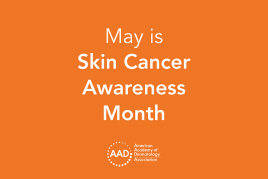 Think sun protection during Skin Cancer Awareness Month
Think sun protection during Skin Cancer Awareness Month
 How to care for your skin if you have lupus
How to care for your skin if you have lupus
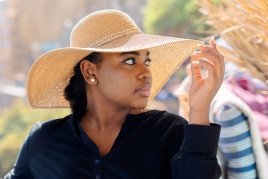 Practice Safe Sun
Practice Safe Sun
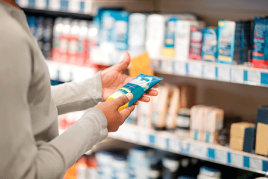 Sunscreen FAQs
Sunscreen FAQs
 Fade dark spots
Fade dark spots
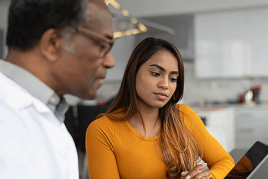 Hidradenitis suppurativa
Hidradenitis suppurativa
 Laser hair removal
Laser hair removal
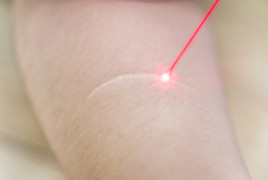 Scar treatment
Scar treatment
 Botox
Botox
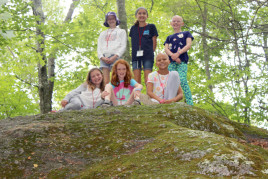 Kids' camp - Camp Discovery
Kids' camp - Camp Discovery
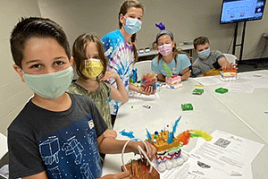 Dermatologist-approved lesson plans, activities you can use
Dermatologist-approved lesson plans, activities you can use
 Find a Dermatologist
Find a Dermatologist
 Why choose a board-certified dermatologist?
Why choose a board-certified dermatologist?